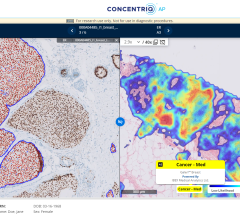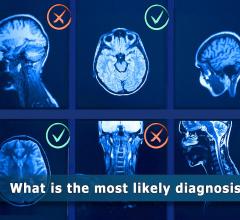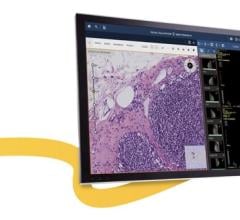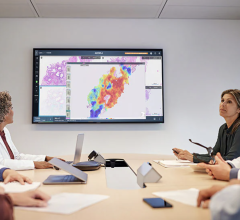By Dave Fornell
June 25, 2008 - Panasonic today released its Toughbook U1 hand-held computer designed for clinical mobile computing, which is in between the size of a tablet PC and a PDA device, and works using a full Windows XP or Vista operating system.
The ultra-mobile PC (UMPC) computer weighs just under 2 pounds, has a 5.6-inch glare-resistant LCD touch-screen, and measures 7 by 5.75 by 2 inches. Unlike a PDA, which uses a limited operating system, the U1 can use full operating system so it can easily integrate into a hospital's existing computer systems.
"The idea of this new category of devices is an ultra-mobile PC that is much smaller than a laptop, but can still run full software, unlike a PDA," said Greg Davidson, senior business healthcare development manager for Panasonic. "Consider it like a very large Blackberry."
Panasonic envisions the device being used for mobile computing applications such as bar-code medication administration, vitals signs capture, review of electronic medical records and home healthcare visiting nurses.
A unique feature of the U1 is its use of a dual battery system, where one battery can be removed and a fresh one installed without having to turn the computer off. The battery life of the two batteries prior to needing a recharge is about six to eight hours, which is a limitation of most mobile computers. However, the dual battery system allows the U1 to be used constantly through an entire shift and be swapped off to incoming shifts without needing to leave the device in a recharger, Davidson said.
"It can more easily be shared with spare batteries in a multi-charger rack," Davidson said.
It has an integrated handstrap on the back for better ergonomics when using it as a hand-held device.
This Toughbook is made to the same standards of ruggedness as its larger siblings, with a magnesium alloy case, shock mounted hard drive, and being completely sealed so it can get wet and be sprayed and wiped down for cleaning. Davidson said the device can be dropped from 3 feet and will continue to operate fine.
The U1 has a new Intel LPIA chipset with a 1GB memory maximum. It comes with either a 16GB or 32GB solid-state hard drive. The device also comes with a USB, SD slot, and a mono speaker.
Options for the U1 include 1D or 2D bar-code readers, RFID tracking, camera, biometric fingerprint reader, WAN, Bluetooth, and/or GPS.
The computer has a keyboard that can be used manually or with the help of a stylus. The keyboard is larger than what is offered on PDA or Blackberry devices, but it is still smaller than standard computer keyboards.
Accessories include an external multi-bay battery charger and a desktop cradle that allows automatic connection to a larger monitor and keyboard. The cradle will also have an extra battery charger port for two spare batteries.
Panasonic said it expects to begin shipping the new computers in the third quarter of 2008.
For more information: www.panasonic.com


 July 26, 2024
July 26, 2024 








